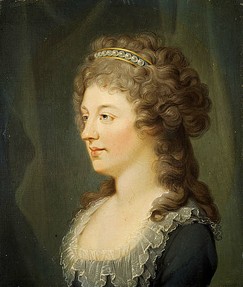 Charlotte was Charles’ only child, and an illegitimate one at that. Bonnie Prince Charlie had never married, being so focused on his right to the British crown. Even if Charles did gain the crown, the line would have died and the crown would have passed onto the Hanoverian line after all. Of course, this may have been different had Charles not started drinking and married his mistress, making any children between them legitimate.
Charlotte was Charles’ only child, and an illegitimate one at that. Bonnie Prince Charlie had never married, being so focused on his right to the British crown. Even if Charles did gain the crown, the line would have died and the crown would have passed onto the Hanoverian line after all. Of course, this may have been different had Charles not started drinking and married his mistress, making any children between them legitimate.
He did eventually marry, but it would be too late for him to have any children. There were later claims in the 1800s that Charles had a legitimate child with that wife, but there is no evidence to support this. Considering Charles signed an act of legitimacy for Charlotte, it would suggest that there were no other legitimate children.
Interestingly enough, he did offer to convert to the Protestant faith in another attempt to gain the crown. While he went through the ceremony to convert, by the time of his marriage to Princess Louise of Stolberg-Gedern, he was Catholic again.
Charles died in Rome in 1788 and was initially buried in the Cathedralof Frascati, where his brother was the bishop. When his brother, Henry Benedict Stuart, died, Charles’ body was moved to Saint Peter’s Basilica, where his brother was also buried. This was also the burial place of his parents, so the family could be together. However, his heart was left at his original resting place.


 Bonnie Prince Charlie was the eldest grandson of James II of England, born of the eldest son of the King of England (James). James Francis Edward Stuart had two older half-sisters, Mary and Anne, but despite that should have been the King after the death of his father. James II was deposed by his son-in-law, and move that the English and Scottish people favored. William of Orange and his wife, Mary, were Protestants, while James II was Catholic.
Bonnie Prince Charlie was the eldest grandson of James II of England, born of the eldest son of the King of England (James). James Francis Edward Stuart had two older half-sisters, Mary and Anne, but despite that should have been the King after the death of his father. James II was deposed by his son-in-law, and move that the English and Scottish people favored. William of Orange and his wife, Mary, were Protestants, while James II was Catholic.




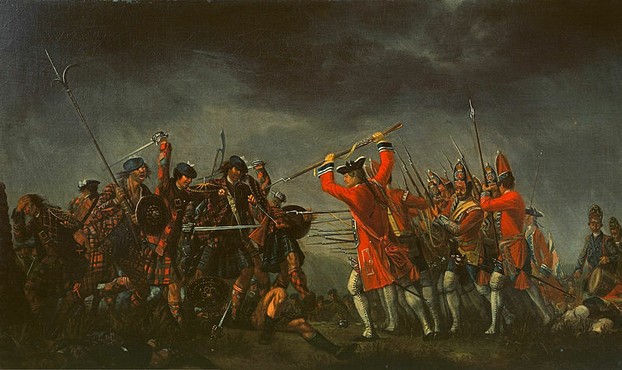

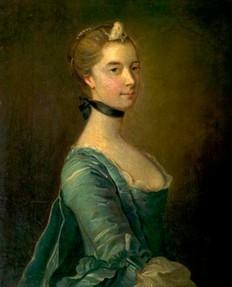 Charles made one big mistake: not listening to the advice of those who were more experienced. Instead of sticking to the hills and uneven terrain, Charles opted for flat, open and marshy ground. Despite initially seeing success, the troops failed to defeat the English army and Charles was forced back into exile in France.
Charles made one big mistake: not listening to the advice of those who were more experienced. Instead of sticking to the hills and uneven terrain, Charles opted for flat, open and marshy ground. Despite initially seeing success, the troops failed to defeat the English army and Charles was forced back into exile in France.
 Charlotte was Charles’ only child, and an illegitimate one at that. Bonnie Prince Charlie had never married, being so focused on his right to the British crown. Even if Charles did gain the crown, the line would have died and the crown would have passed onto the Hanoverian line after all. Of course, this may have been different had Charles not started drinking and married his mistress, making any children between them legitimate.
Charlotte was Charles’ only child, and an illegitimate one at that. Bonnie Prince Charlie had never married, being so focused on his right to the British crown. Even if Charles did gain the crown, the line would have died and the crown would have passed onto the Hanoverian line after all. Of course, this may have been different had Charles not started drinking and married his mistress, making any children between them legitimate.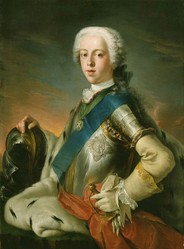

 Alternate History: What If Mary I Had a Child?on 01/26/2015
Alternate History: What If Mary I Had a Child?on 01/26/2015
 Francis II of France Dies: Mary, Queen of Scots Returns Homeon 12/05/2014
Francis II of France Dies: Mary, Queen of Scots Returns Homeon 12/05/2014
 Does Writedge Pay? Payment Proofon 12/03/2014
Does Writedge Pay? Payment Proofon 12/03/2014
 Alternate History: What If Lady Jane Grey Was Not Deposed?on 11/11/2014
Alternate History: What If Lady Jane Grey Was Not Deposed?on 11/11/2014

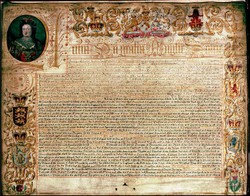
Comments
Thank you, Sue. The plays sound interesting. I may see if I can find them online if Radio 4 does a type of catch up that BBC TV does.
Fascinating article. I have recently been listening to The Stuart plays by Mike Walker on BBC Radio 4 and they provide an interesting fictional insight into this period. Keep up the good work - I look forward to reading more of your blogs now that I have found them.
Definitely! It is amazing how one decision, battle, or choice could change so much.
This is a sad story. How different history would be if it weren't for these little quirks of fate.